Home>Gardening & Outdoor>Landscaping Ideas>When To Plant Winter Rye Grass In Texas
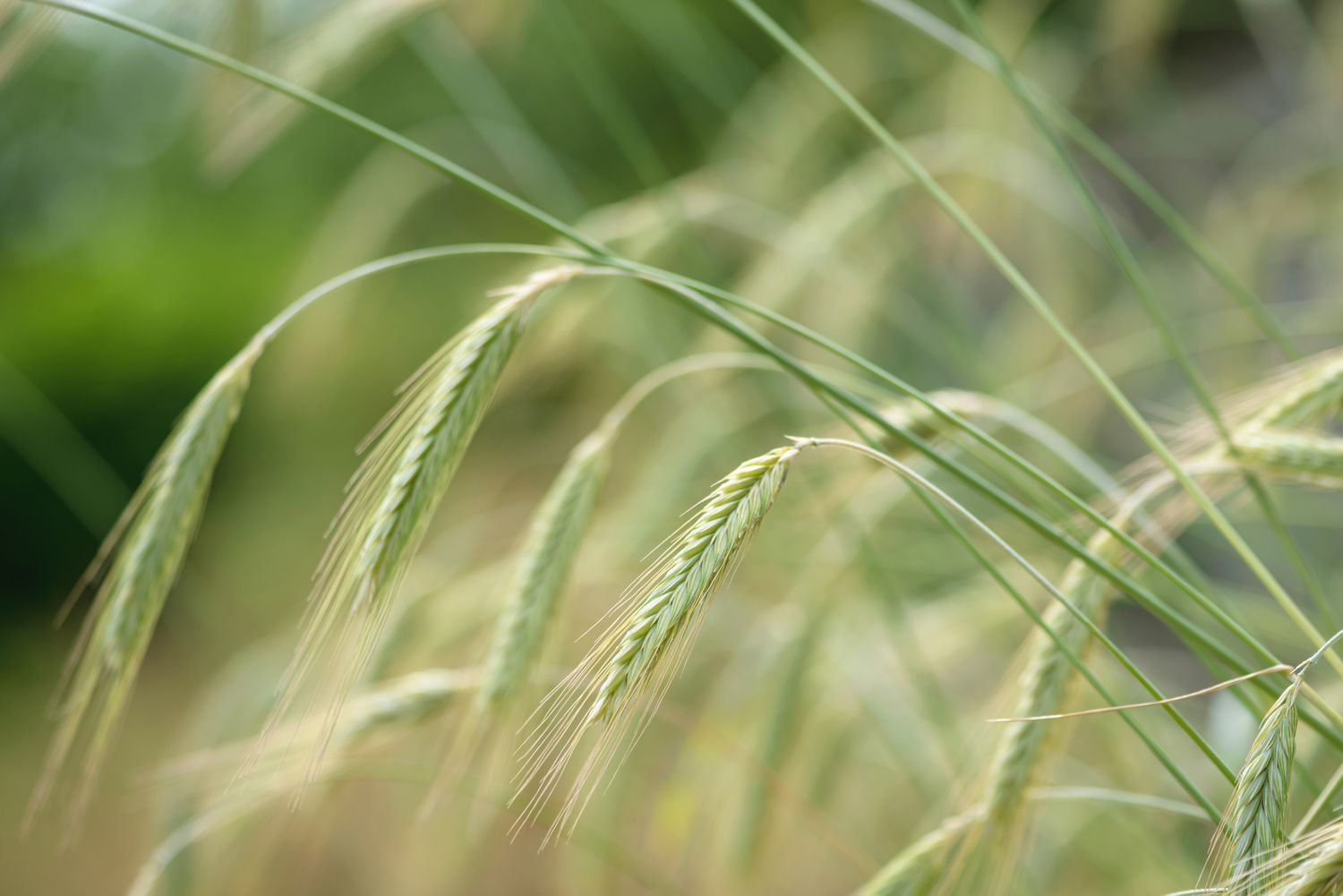

Landscaping Ideas
When To Plant Winter Rye Grass In Texas
Modified: February 18, 2024
Learn the best time for planting winter rye grass in Texas to enhance your landscaping. Get expert tips and ideas for successful lawn maintenance.
(Many of the links in this article redirect to a specific reviewed product. Your purchase of these products through affiliate links helps to generate commission for Storables.com, at no extra cost. Learn more)
Introduction
Welcome to the wonderful world of landscaping! If you're a proud Texan with a passion for maintaining a lush and vibrant lawn, you're in for a treat. In this article, we're going to delve into the fascinating realm of winter rye grass and its cultivation in the Lone Star State.
As a landscaping enthusiast, you understand the pivotal role that a healthy lawn plays in enhancing the beauty of your outdoor space. Whether you're a homeowner aiming to elevate your property's curb appeal or a dedicated gardener with an eye for natural aesthetics, the allure of a well-maintained lawn is undeniable.
In Texas, where the climate can be as diverse as the landscape, nurturing a thriving lawn requires careful consideration of the local conditions. Understanding the unique attributes of winter rye grass and its compatibility with the Texan environment is essential for achieving landscaping success. From the rolling plains of the Panhandle to the balmy coastal regions, the state's varied topography presents an exciting tapestry for landscaping endeavors.
So, join us as we embark on a journey to uncover the nuances of winter rye grass cultivation in Texas. Whether you're a seasoned green thumb or a newcomer to the world of landscaping, this article will equip you with valuable insights to make your lawn the envy of the neighborhood. Let's dig in and discover the wonders of winter rye grass in the heart of Texas!
Key Takeaways:
- Winter rye grass is a resilient and visually appealing cool-season grass that thrives in Texas, providing erosion control, soil improvement, and year-round coverage for vibrant outdoor spaces.
- Planting winter rye grass in Texas requires strategic timing, meticulous soil preparation, and attentive maintenance to ensure a lush and resilient lawn, contributing to sustainable and visually captivating landscapes.
Read more: When To Plant Rye Grass In Texas
Understanding Winter Rye Grass
Before diving into the specifics of planting winter rye grass in Texas, it's crucial to grasp the characteristics of this cool-season grass and how it can thrive in the Texan climate.
Winter rye grass, scientifically known as Secale cereale, is a resilient and versatile grass species that flourishes in cooler temperatures. Its adaptability makes it an ideal choice for lawns in regions that experience mild winters, such as many parts of Texas. This cool-season grass is celebrated for its rapid germination and establishment, providing quick coverage to bare soil and effectively preventing erosion.
One of the key attributes of winter rye grass is its remarkable cold tolerance, allowing it to endure the occasional frost and thrive during the winter months. This resilience enables it to maintain its vibrant green hue even when other warm-season grasses have entered dormancy, ensuring a visually appealing lawn throughout the year.
Additionally, winter rye grass exhibits impressive drought resistance, making it well-suited for the sporadic dry spells that Texas may experience. Its deep root system enables efficient water absorption, contributing to its ability to endure periods of limited rainfall. This characteristic is particularly advantageous in regions where water conservation is a priority.
Beyond its practical benefits, the lush and dense appearance of winter rye grass adds an inviting aesthetic to any landscape. Its fine texture and rich green color create a visually appealing carpet of grass that enhances the overall allure of outdoor spaces.
As we unravel the intricacies of planting winter rye grass in Texas, understanding its adaptive nature and unique attributes will serve as a foundation for cultivating a thriving lawn in the Lone Star State. Now that we've gained insight into the essence of winter rye grass, let's explore the climate and soil conditions that shape its cultivation in Texas.
Climate and Soil Conditions in Texas
As the second-largest state in the U.S., Texas boasts a diverse climate that ranges from arid deserts to humid subtropical regions. This climatic variation presents both opportunities and challenges for landscaping enthusiasts seeking to cultivate winter rye grass.
In the northern and central regions of Texas, including cities such as Dallas, Fort Worth, and Austin, the climate is characterized by hot summers and relatively mild winters. This makes these areas conducive for growing winter rye grass, as the cooler winter temperatures align with the grass's preferred growing conditions.
Conversely, the southern coastal areas, including Houston and Corpus Christi, experience a more pronounced humid subtropical climate, with milder winters and higher annual precipitation. While this climate may not be as conducive to winter rye grass as the central and northern regions, with proper care and maintenance, it can still thrive in these areas.
When it comes to soil conditions, Texas exhibits a wide array of soil types, including clay, loam, and sandy soils. Understanding the composition of the soil in your specific region is crucial for successful lawn cultivation. Winter rye grass thrives in well-draining soils, making it essential to address any drainage issues before planting. Additionally, conducting a soil test to assess nutrient levels and pH balance can provide valuable insights for optimizing the soil conditions to support the growth of winter rye grass.
Whether you're nestled in the plains of West Texas or basking in the coastal breeze of the Gulf, comprehending the unique climate and soil attributes of your region is fundamental to creating a flourishing lawn. With a solid understanding of the environmental factors at play, you're better equipped to determine the optimal timing for planting winter rye grass in Texas, which we'll explore in the next section.
Best Time to Plant Winter Rye Grass in Texas
Timing is of the essence when it comes to planting winter rye grass in Texas. The ideal window for sowing this cool-season grass varies depending on the specific region within the state and the prevalent climatic conditions.
In the northern and central regions of Texas, where cooler temperatures prevail during the fall, the optimal time to plant winter rye grass is typically from late September to mid-November. This timeframe aligns with the transition from the scorching summer heat to the milder autumn temperatures, creating favorable conditions for the germination and establishment of winter rye grass.
Conversely, in the southern coastal areas of Texas, including Houston and Corpus Christi, where winters are relatively milder, the recommended planting window for winter rye grass extends from late October to early December. The slightly delayed planting schedule accounts for the region's warmer climate, ensuring that the grass has the best chance to establish itself before the onset of more consistent warmth.
It is important to note that these timeframes are general guidelines, and local variations in weather patterns can influence the precise timing for planting winter rye grass. Monitoring the local climate and temperature trends, as well as consulting with local gardening experts or agricultural extension offices, can provide valuable insights for determining the optimal planting window in your specific area.
By strategically timing the planting of winter rye grass to align with the cooler months, you can harness the grass's natural propensity for rapid growth and establishment, setting the stage for a vibrant and resilient lawn. Now that we've identified the best time to plant winter rye grass in Texas, let's delve into the essential steps for successfully sowing and nurturing this cool-season grass.
Steps for Planting Winter Rye Grass
Embarking on the journey of planting winter rye grass in Texas involves a series of carefully orchestrated steps to ensure the successful establishment of this cool-season grass. By following these essential guidelines, you can lay the groundwork for a vibrant and resilient lawn that will flourish throughout the winter and beyond.
Read more: How To Plant Winter Rye Grass Seed
1. Soil Preparation:
Begin by preparing the soil for planting. Clear the area of any debris, rocks, or existing vegetation. Conduct a soil test to assess nutrient levels and pH balance, and make any necessary amendments based on the results. Ensure that the soil is well-draining to prevent waterlogging, which can impede the growth of winter rye grass.
2. Seed Selection and Sowing:
Choose high-quality winter rye grass seed suited for your specific region in Texas. Consider factors such as climate, soil type, and intended use of the lawn. Sow the seeds evenly using a seed spreader or by hand, aiming for a seeding rate of approximately 90 to 120 pounds per acre for a new lawn or 45 to 90 pounds per acre for overseeding an existing lawn.
3. Seed-to-Soil Contact:
Ensure good seed-to-soil contact by lightly raking or rolling the seeded area. This helps the seeds make contact with the soil, promoting germination and establishment. Avoid burying the seeds too deeply, as winter rye grass requires adequate access to light for germination.
4. Watering and Germination:
After sowing the seeds, water the area lightly to facilitate germination. Keep the soil consistently moist but not waterlogged during the germination period, which typically ranges from 5 to 10 days. Monitor the soil moisture regularly and adjust your watering schedule as needed to support healthy seedling growth.
Read more: When To Plant Rye Grass
5. Fertilization and Maintenance:
Once the grass has established itself, consider applying a balanced fertilizer to provide essential nutrients for healthy growth. Follow recommended fertilization practices based on soil test results and the specific needs of winter rye grass. Additionally, regular mowing and proper lawn maintenance are crucial for nurturing a robust and visually appealing lawn.
By meticulously following these steps, you can set the stage for a thriving winter rye grass lawn in Texas. The careful attention to soil preparation, seed selection, and ongoing maintenance will contribute to the development of a lush and resilient lawn that enhances the beauty of your outdoor space.
Maintenance and Care
Once winter rye grass has been successfully established in your Texas lawn, diligent maintenance and attentive care are essential for nurturing its growth and ensuring a vibrant and resilient lawn throughout the cooler months. By implementing proper maintenance practices, you can maximize the potential of winter rye grass and enjoy a lush, green lawn that enhances the visual appeal of your outdoor space.
1. Watering:
Consistent and adequate watering is crucial for the health of winter rye grass. During periods of limited rainfall, supplement the grass with irrigation to maintain soil moisture. Aim to water deeply and infrequently to encourage deep root growth, which enhances the grass’s resilience to drought conditions. Be mindful of local water restrictions and adjust your watering schedule accordingly.
2. Mowing:
Regular mowing is an integral part of winter rye grass maintenance. Keep the grass at an optimal height of around 2 to 3 inches to promote healthy growth and discourage weed infestation. Avoid cutting more than one-third of the grass blade length in a single mowing session and ensure that your mower blades are sharp to achieve clean and even cuts.
3. Fertilization:
Applying a balanced fertilizer at the appropriate times can provide essential nutrients to support the vigorous growth of winter rye grass. Consider conducting soil tests to determine the specific nutrient needs of your lawn and follow recommended fertilization schedules to maintain optimal soil fertility. Avoid over-fertilization, as this can lead to excessive growth and potential environmental impact.
4. Weed Control:
Implement proactive weed control measures to prevent the encroachment of undesirable plants in your winter rye grass lawn. Regularly inspect the lawn for weeds and address any emerging issues promptly. Utilize targeted weed control methods to minimize the impact on the surrounding environment and preserve the health of your lawn.
5. Monitoring and Disease Management:
Keep a watchful eye on the health of your winter rye grass, monitoring for any signs of disease or stress. Address any issues promptly to prevent the spread of diseases and maintain the vitality of the grass. Proper aeration and de-thatching practices can contribute to a healthy lawn by improving air circulation and reducing the risk of disease development.
By adhering to these maintenance and care practices, you can foster the optimal growth and vitality of winter rye grass in your Texas lawn. The dedication to attentive maintenance not only ensures a visually appealing lawn but also contributes to the overall health and resilience of your outdoor landscape.
Benefits of Winter Rye Grass
Winter rye grass offers a myriad of benefits that make it a valuable addition to Texas landscapes, enhancing both the aesthetic appeal and environmental sustainability of outdoor spaces. From its visual allure to its ecological contributions, the advantages of cultivating winter rye grass extend far beyond its role as a cool-season lawn cover.
Read more: When To Plant Ground Cover In Texas
1. Aesthetic Appeal:
One of the most prominent benefits of winter rye grass is its lush and vibrant appearance, which enriches the visual appeal of lawns and landscapes. Its fine texture and rich green color create a striking contrast against the backdrop of the Texan terrain, adding a touch of natural elegance to outdoor environments. Whether used for residential lawns, parks, or commercial landscapes, winter rye grass lends a captivating visual allure to its surroundings.
2. Erosion Control:
Winter rye grass plays a crucial role in preventing soil erosion, particularly in areas with sloping terrain or vulnerable soil conditions. Its rapid germination and dense growth provide effective ground cover, stabilizing the soil and reducing the risk of erosion caused by wind or water. By anchoring the soil with its robust root system, winter rye grass contributes to the preservation of the landscape’s integrity and minimizes the loss of topsoil.
3. Soil Improvement:
As a cool-season grass, winter rye grass offers the added benefit of enhancing soil health. Its deep and extensive root system facilitates soil aeration and contributes to organic matter accumulation, promoting overall soil fertility. When used as a cover crop or a temporary lawn cover, winter rye grass enriches the soil, making it an invaluable asset for sustainable landscaping practices.
4. Seasonal Coverage:
During the cooler months when warm-season grasses enter dormancy, winter rye grass fills the void, providing year-round coverage and maintaining the visual appeal of lawns and landscapes. Its ability to thrive in cooler temperatures ensures that outdoor spaces remain vibrant and inviting, even when other grass species may be dormant, making it a reliable choice for sustaining a green landscape throughout the year.
Read more: When To Plant Winter Grass In Arizona
5. Wildlife Habitat:
Winter rye grass contributes to the creation of a habitat for diverse wildlife, including small mammals, insects, and birds. Its dense growth provides shelter and foraging opportunities for wildlife, fostering biodiversity and ecological balance within the landscape. By incorporating winter rye grass into outdoor environments, property owners can support local wildlife populations and contribute to the preservation of natural ecosystems.
By harnessing the diverse benefits of winter rye grass, landscaping enthusiasts in Texas can elevate the sustainability and allure of their outdoor spaces while contributing to the preservation of the natural environment. The multifaceted advantages of winter rye grass position it as a valuable asset for creating resilient and visually captivating landscapes across the Lone Star State.
Conclusion
As we conclude our exploration of planting winter rye grass in Texas, we’ve unveiled the remarkable potential of this cool-season grass to transform landscapes and enrich outdoor spaces across the state. From its adaptability to its ecological contributions, winter rye grass stands as a versatile and invaluable asset for homeowners, landscapers, and environmental stewards alike.
By understanding the unique attributes of winter rye grass and its compatibility with the diverse climate and soil conditions in Texas, landscaping enthusiasts can harness its potential to create visually captivating and sustainable outdoor environments. The resilience of winter rye grass in the face of cooler temperatures, its erosion-controlling properties, and its role in enhancing soil health position it as a cornerstone of responsible and aesthetically pleasing landscaping practices.
Furthermore, the strategic timing of planting winter rye grass, coupled with meticulous soil preparation and attentive maintenance, sets the stage for the successful cultivation of a vibrant and resilient lawn. The careful orchestration of these steps ensures that the grass thrives throughout the cooler months, contributing to the year-round allure of outdoor spaces.
As we celebrate the benefits of winter rye grass, including its visual appeal, erosion control capabilities, soil improvement contributions, seasonal coverage, and support for wildlife habitats, we recognize its pivotal role in shaping sustainable and captivating landscapes in Texas. Whether adorning residential lawns, public parks, or commercial properties, winter rye grass leaves an indelible mark on the Texan terrain, enriching the natural tapestry of the state.
As you embark on your journey to cultivate winter rye grass in Texas, may the insights shared in this article serve as a guiding light, empowering you to create resilient, visually stunning, and ecologically conscious outdoor spaces. Embrace the allure of winter rye grass as it weaves its vibrant tapestry across the Texan landscape, enriching the beauty of the Lone Star State one blade at a time.
Frequently Asked Questions about When To Plant Winter Rye Grass In Texas
Was this page helpful?
At Storables.com, we guarantee accurate and reliable information. Our content, validated by Expert Board Contributors, is crafted following stringent Editorial Policies. We're committed to providing you with well-researched, expert-backed insights for all your informational needs.
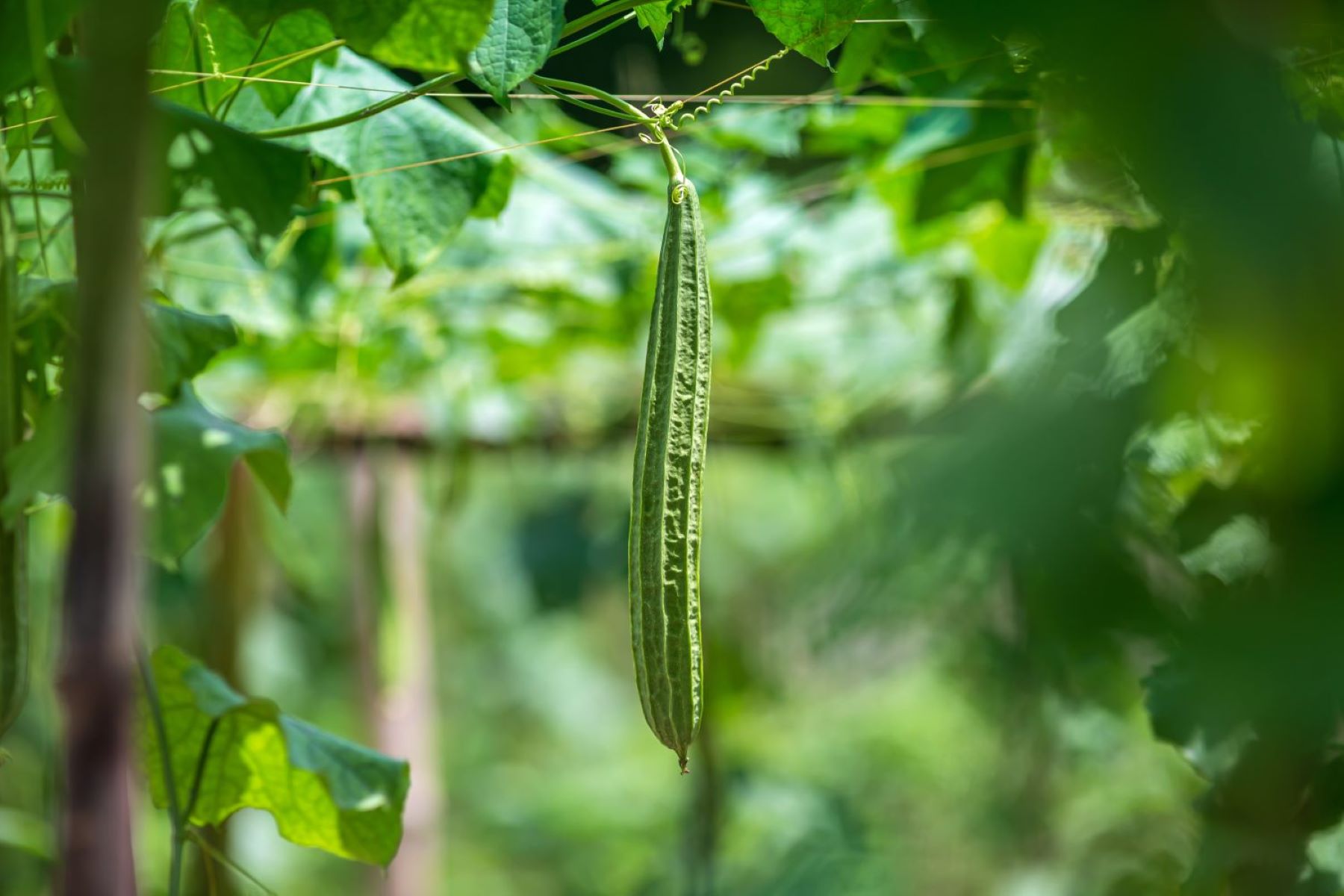
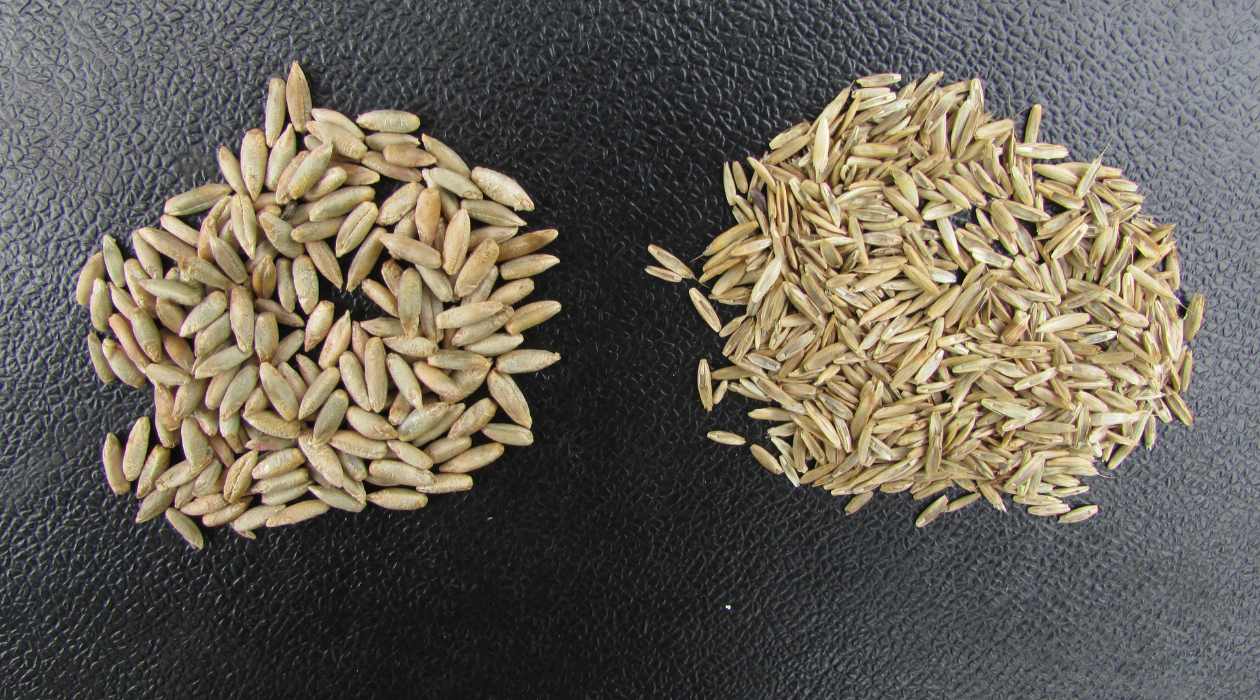
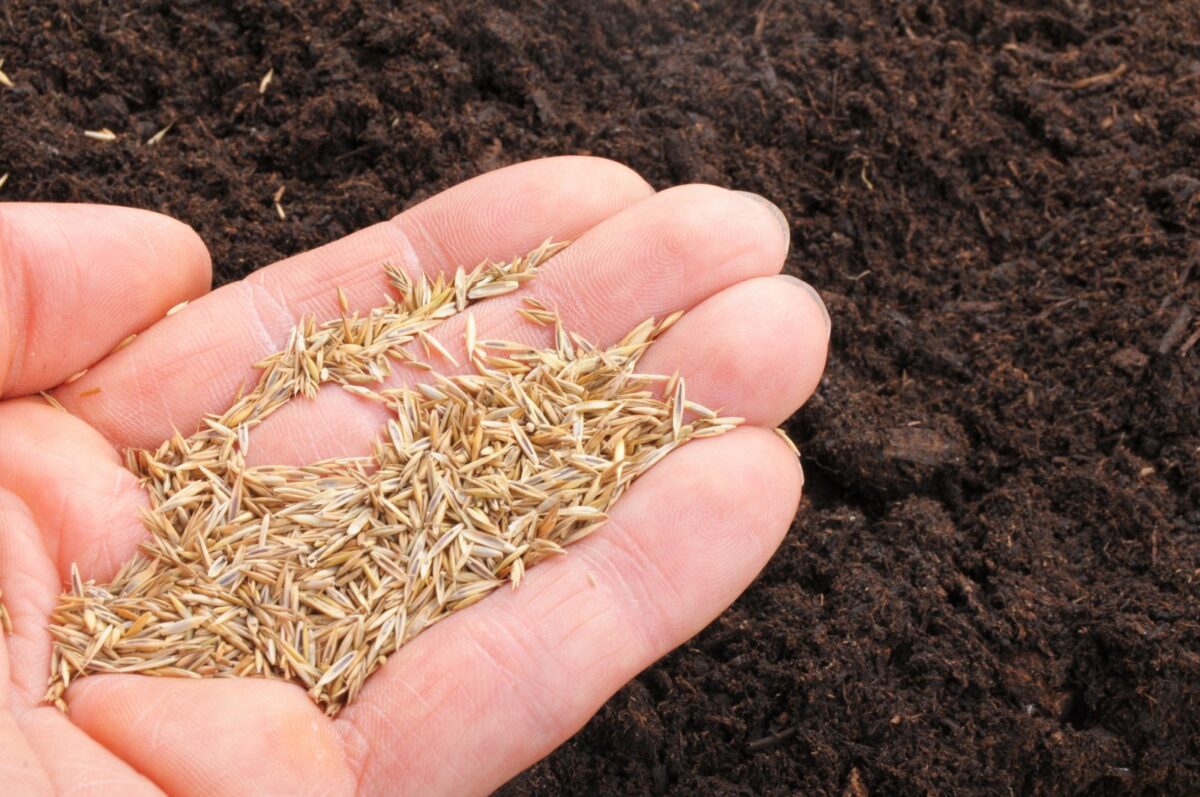
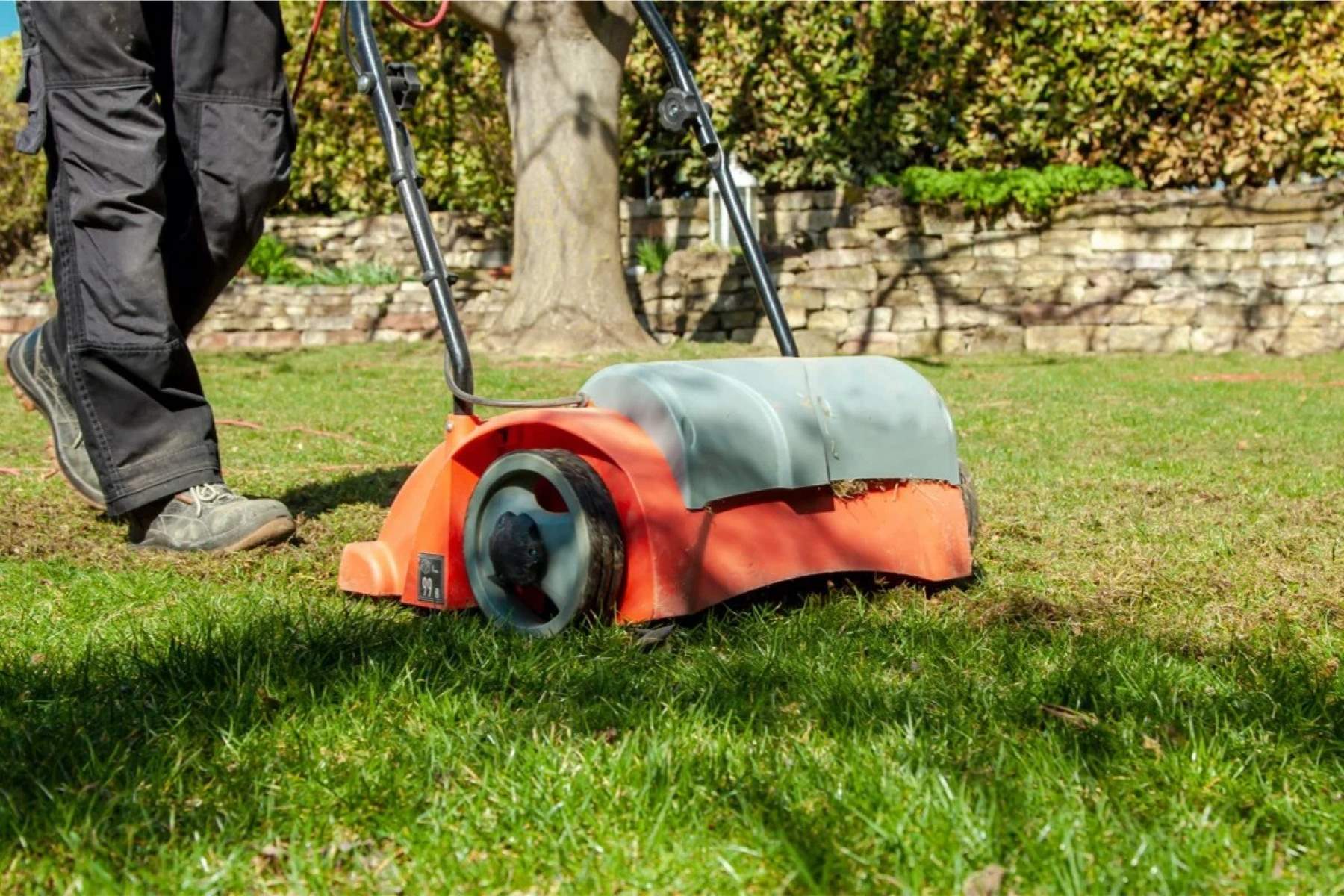
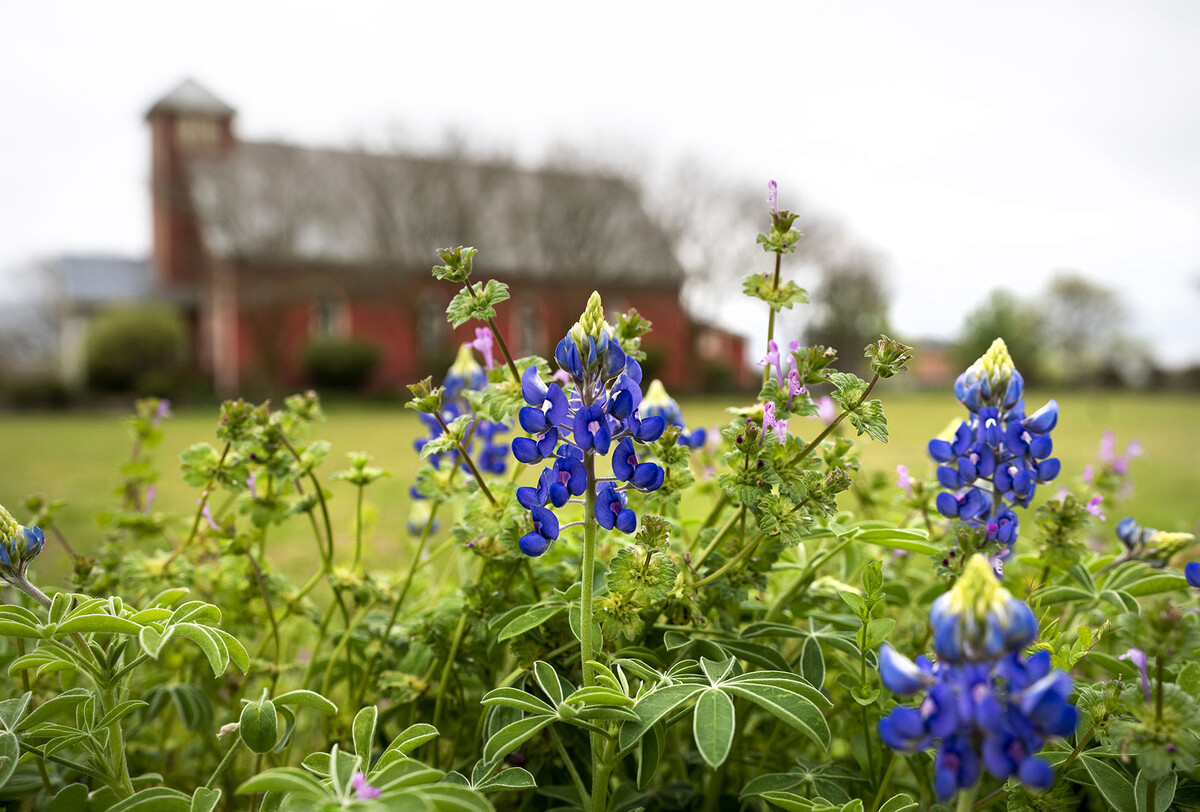
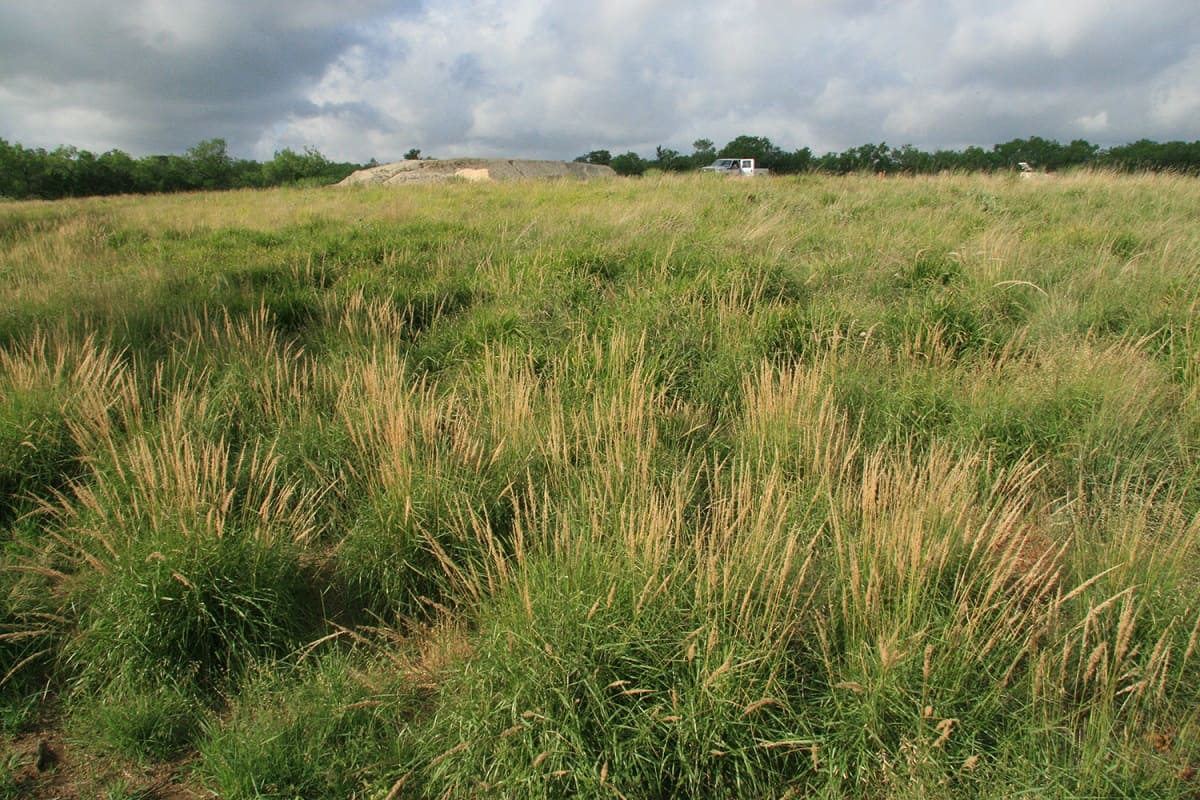
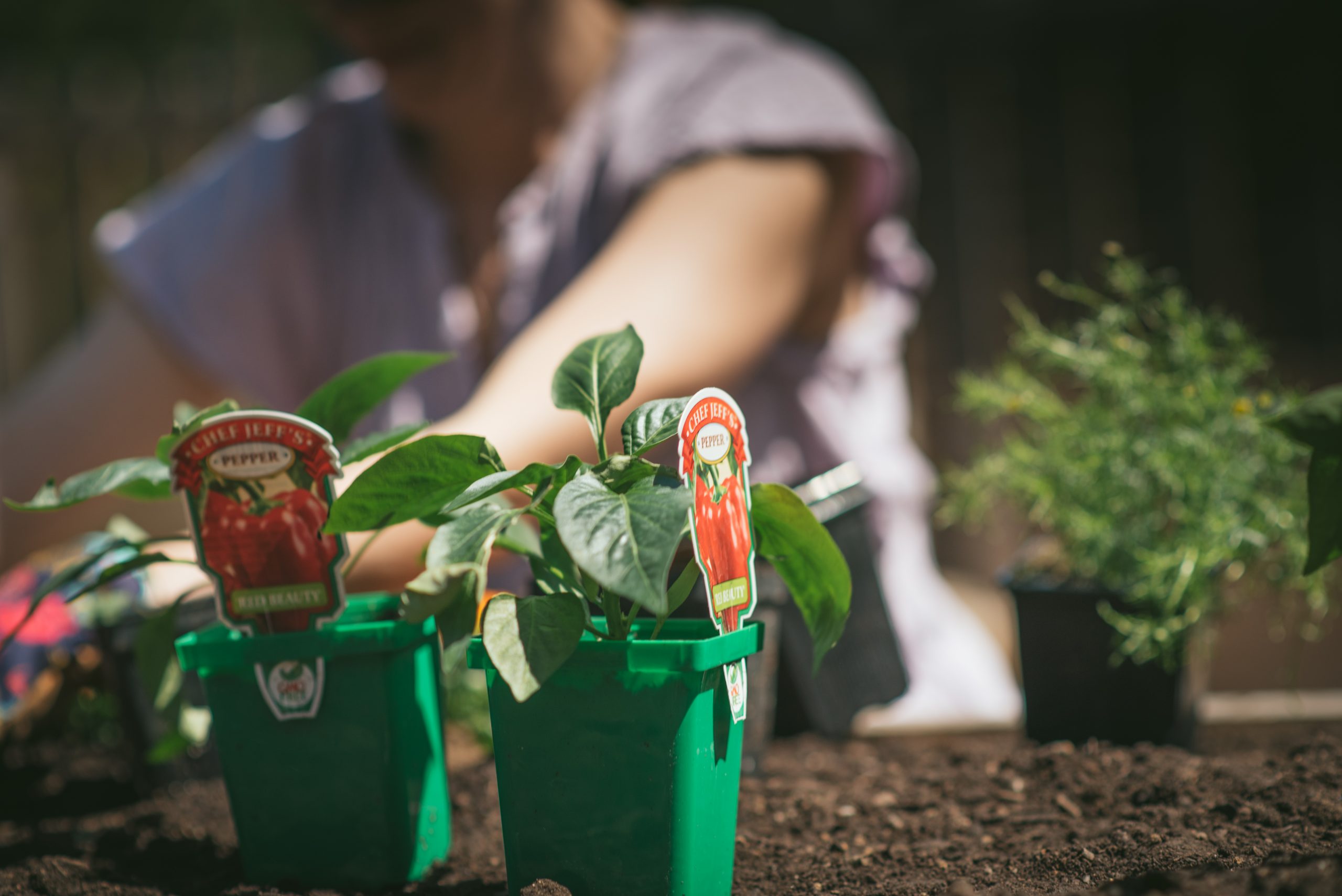
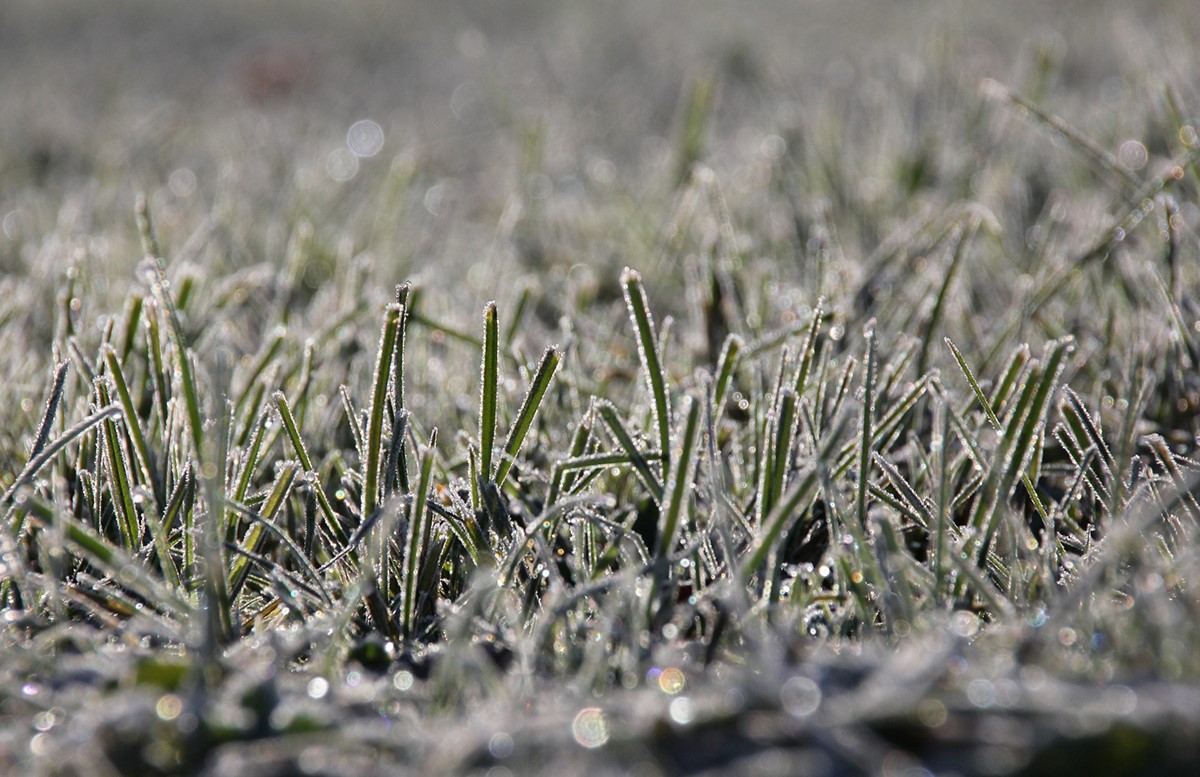
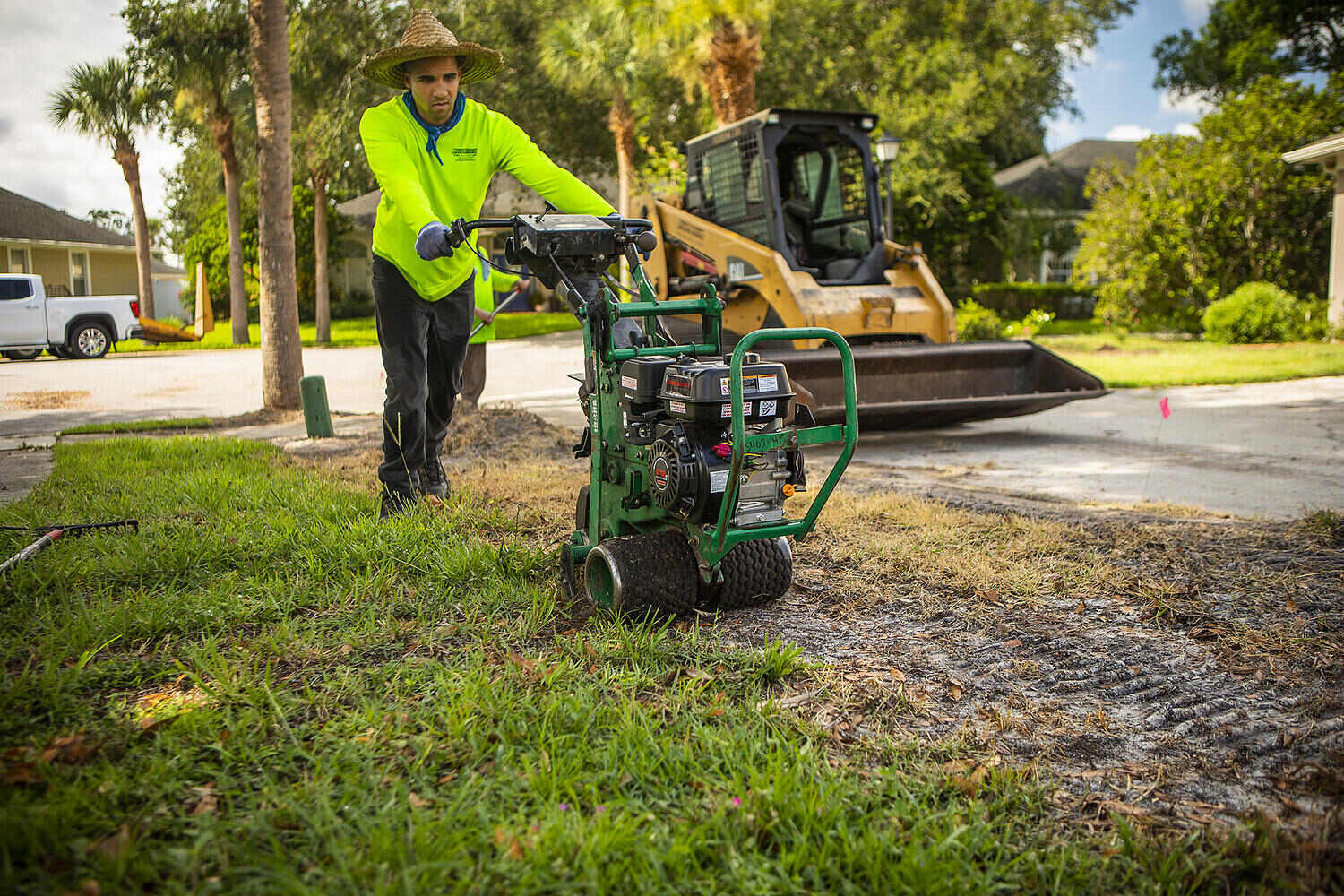
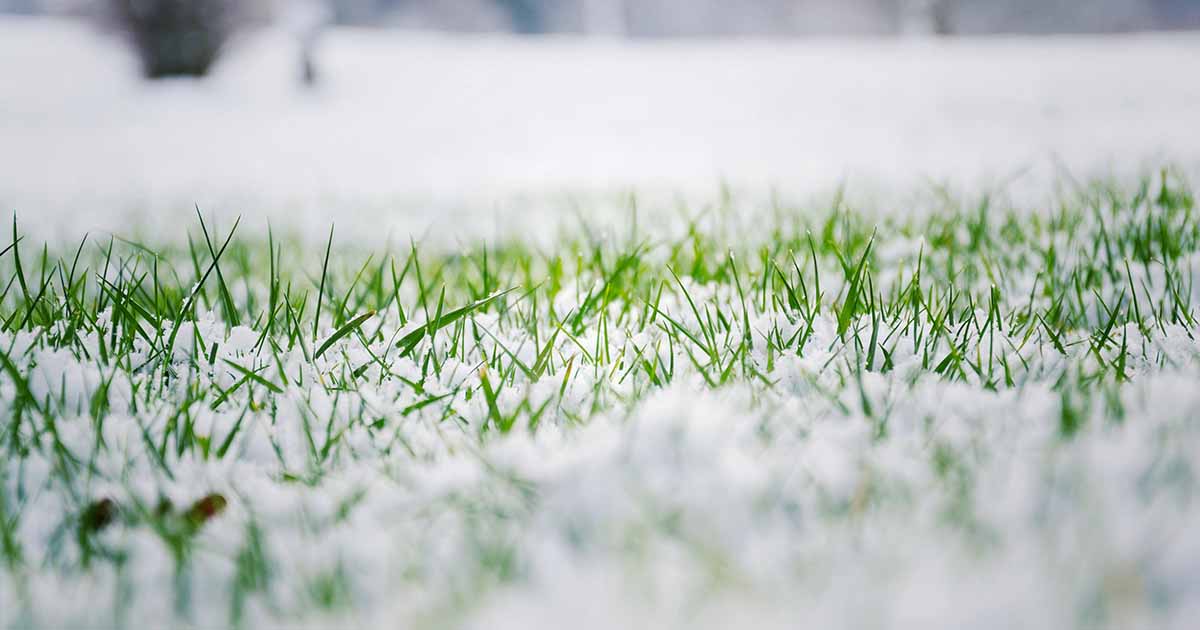

0 thoughts on “When To Plant Winter Rye Grass In Texas”